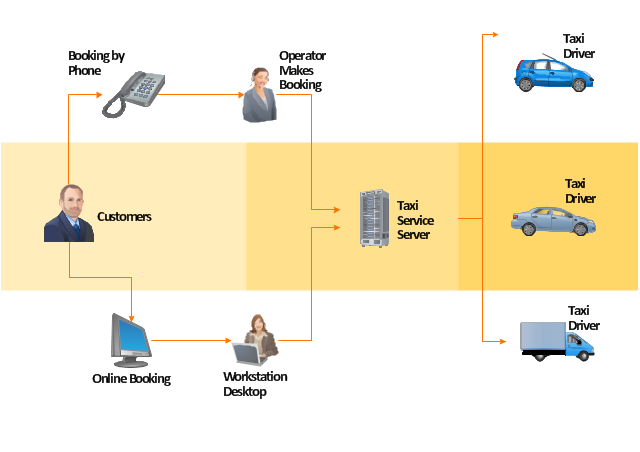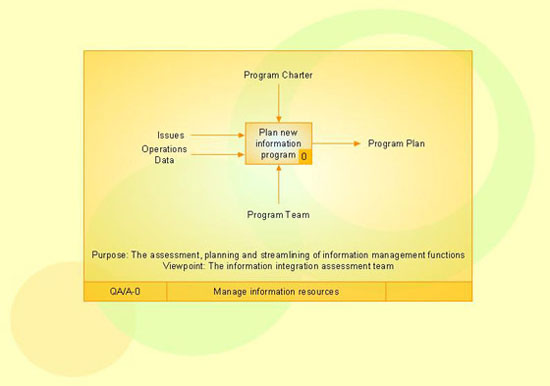"A taxicab, also known as a taxi or a cab, is a type of vehicle for hire with a driver, used by a single passenger or small group of passengers often for a non-shared ride. A taxicab conveys passengers between locations of their choice. In modes of public transport, the pick-up and drop-off locations are determined by the service provider, not by the passenger, although demand responsive transport and share taxis provide a hybrid bus/ taxi mode.
There are four distinct forms of taxicab, which can be identified by slightly differing terms in different countries:
(1) Hackney carriages also known as public hire, hailed or street taxis, licensed for hailing throughout communities.
(2) Private hire vehicles, also known as minicabs or private hire taxis, licensed for pre-booking only.
(3) Taxibuses, also known as Jitneys, operating on pre-set routes typified by multiple stops and multiple independent passengers.
(4) Limousines, specialized vehicle licensed for operation by pre-booking.
Although types of vehicles and methods of regulation, hiring, dispatching, and negotiating payment differ significantly from country to country, many common characteristics exist." [Taxicab. Wikipedia]
The example "Workflow diagram - Taxi service" was drawn using the ConceptDraw PRO diagramming and vector drawing software extended with the Workflow Diagrams solution from the Business Processes area of ConceptDraw Solution Park.
There are four distinct forms of taxicab, which can be identified by slightly differing terms in different countries:
(1) Hackney carriages also known as public hire, hailed or street taxis, licensed for hailing throughout communities.
(2) Private hire vehicles, also known as minicabs or private hire taxis, licensed for pre-booking only.
(3) Taxibuses, also known as Jitneys, operating on pre-set routes typified by multiple stops and multiple independent passengers.
(4) Limousines, specialized vehicle licensed for operation by pre-booking.
Although types of vehicles and methods of regulation, hiring, dispatching, and negotiating payment differ significantly from country to country, many common characteristics exist." [Taxicab. Wikipedia]
The example "Workflow diagram - Taxi service" was drawn using the ConceptDraw PRO diagramming and vector drawing software extended with the Workflow Diagrams solution from the Business Processes area of ConceptDraw Solution Park.
IDEF3 Standard
Use Case Diagrams technology. IDEF3 Standard is intended for description and further analysis of technological processes of an enterprise. Using IDEF3 standard it is possible to examine and model scenarios of technological processes.
 Workflow Diagrams
Workflow Diagrams
Workflow Diagrams solution extends ConceptDraw PRO software with samples, templates and vector stencils library for drawing the work process flowcharts.
- Data Flow Diagram Of Online Cab Booking
- Online Cab Booking System Class Diagram
- Flow Chart Of Online Cab Booking
- Online Ticket Booking With Usercase Diagrams Sequence Diagram
- Types of Flowchart - Overview | Process Flowchart | Taxi Service ...
- Taxi Service Data Flow Diagram DFD Example | UML Use Case ...
- UML Use Case Diagram Example - Taxi Service | Business Process ...
- Online Cab Management System Draw A State Transition Diagram
- Sequence Diagram For Online Taxi Booking System
- Taxi Service Data Flow Diagram DFD Example | Taxi service ...
- Online Taxi Booking Use Case Diagram
- Flow Chart Diagram Of Online Taxi Booking System
- Draw Use Case Diagram For Online Cab Management
- Data Flow Diagram For Online Cab Booking 0level
- Cab booking public process
- Application Flow Diagram For Online Cab Booking
- Class Diagram Of Cab Management System
- Taxi Service Data Flow Diagram DFD Example | Dfd Taksi Online
- Taxi Service Data Flow Diagram DFD Example | UML Use Case ...

